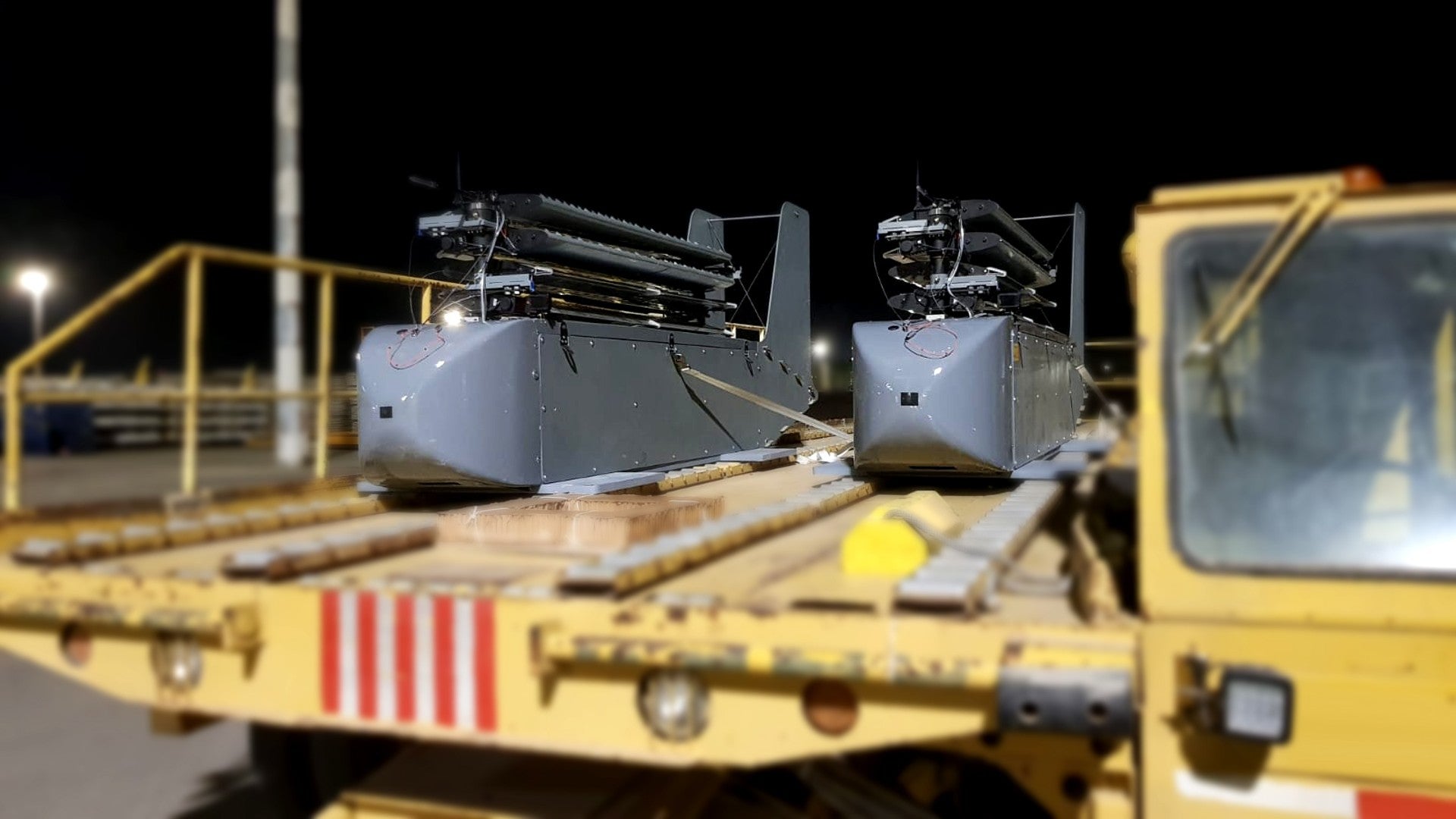Silent Arrow has been awarded a 12-month contract by the Department of Defense to execute a series of operational demonstrations and develop concepts of operation (CONOPs) for the company’s GD-2000 autonomous resupply gliders. The demonstrations will expand on the glider’s capabilities and see it take part in a large-scale Special Operations Command exercise later this year.
According to a Silent Arrow press release, the $2.2 million in funding for these further demonstrations comes from the Warfighting Lab Incentive Fund (WILF), housed within the Pentagon’s J7 Directorate for Joint Force Development, in conjunction with U.S. Indo-Pacific Command (USINDOPACOM) and Special Operations Command (SOCOM). The demonstrations will see the gliders tested aboard “special purpose aircraft, standard cargo aircraft, and helicopters, both overland and in maritime environments.”
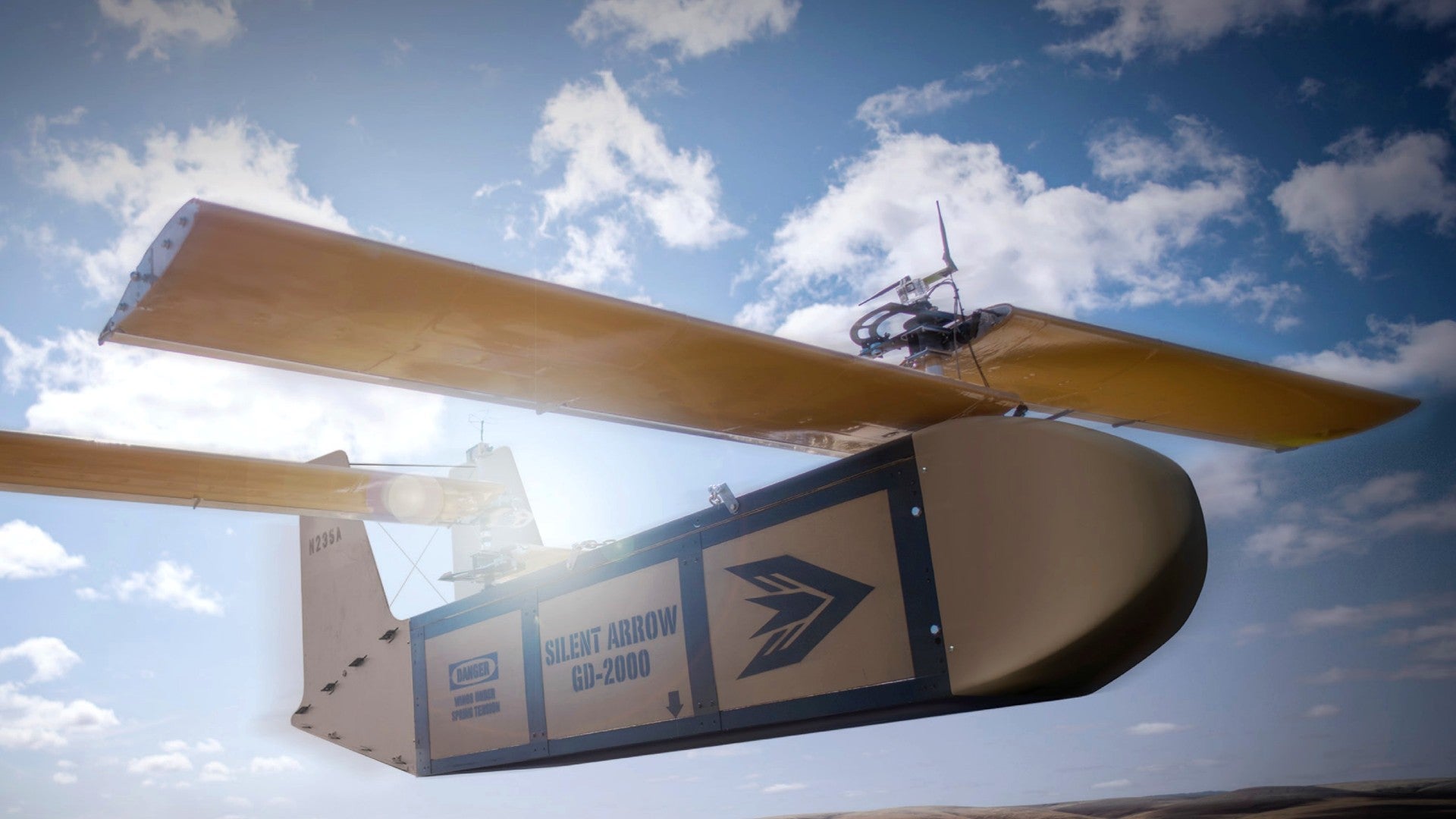
The Silent Arrow GD-2000 cargo glider is described as a disposable “standoff delivery platform” capable of delivering up to 1,631 pounds of cargo while navigating and landing autonomously. The coffin-shaped drone consists of a 2-foot by 2-foot by 8-foot rectangular fuselage with pop-out tandem wings that open after launch when lock pins are pulled out by static lines attached to their host aircraft. You can read all about these ramp-deployable gliders and their capabilities in our prior coverage here.
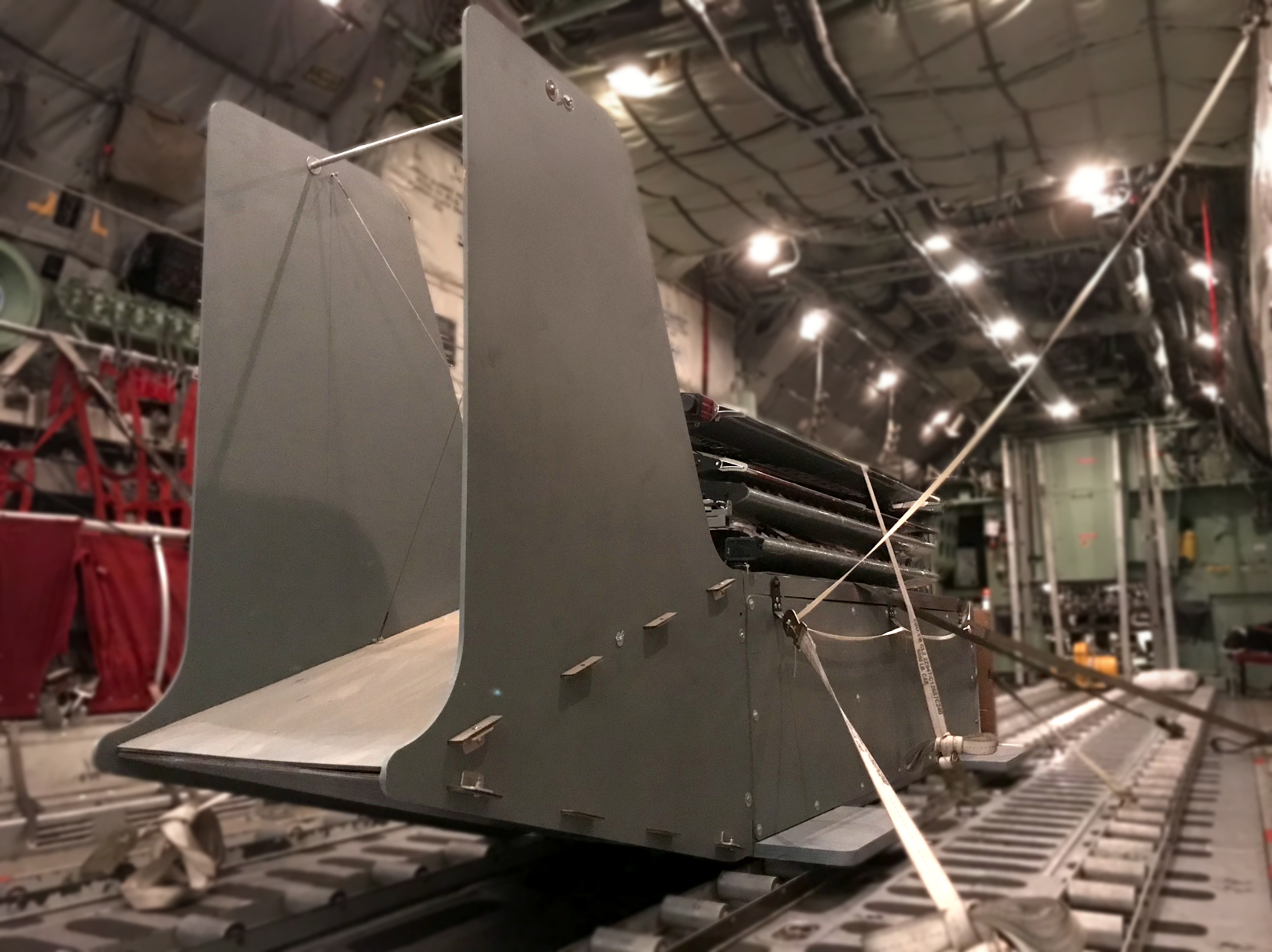
The glider has a range of 40 miles when dropped from a fixed-wing aircraft at a maximum altitude of 25,000 feet, or 15 miles when dropped when from a helicopter. The company says the GD-2000 can land within 100 meters of its intended target with “zero vertical impact” and make deliveries at less than half the cost of the existing Joint Precision Airdrop System, or JPADS. Silent Arrow plans for each glider to be able to supply “1 rifle squad for 1 day of direct-action combat” with standard equipment such as water, MREs, medicine, ammunition, batteries, and fuel.
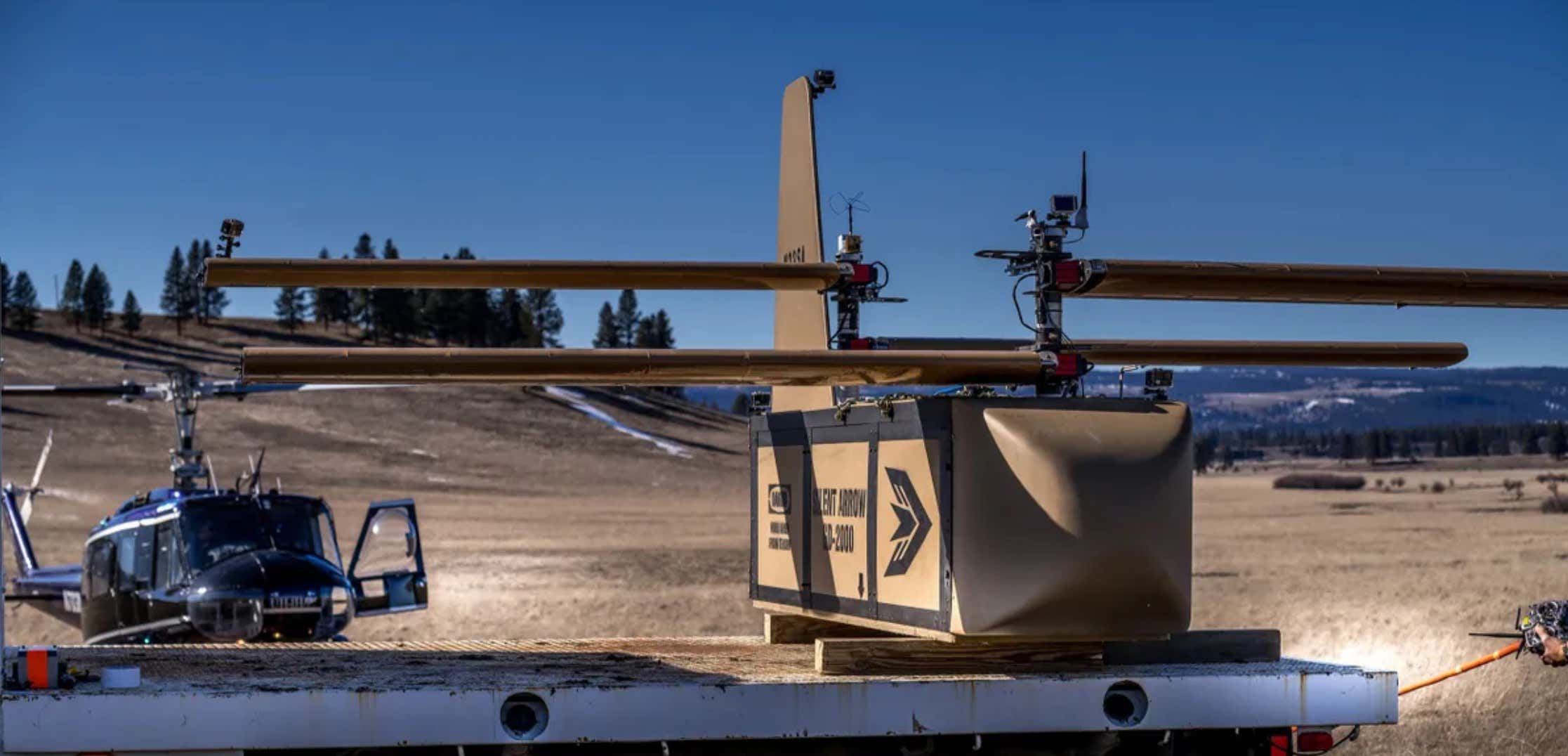
The demonstrations funded by this new contract will task two GD-2000 cargo gliders with making deliveries at Hurlburt Field during Exercise Emerald Warrior, the largest joint special operations exercise that involves U.S. Special Operations Command. Two additional units will be sent to an undisclosed location for further demonstration, while another will be delivered for “non-flying purposes” such as training.
The contract supports additional radar signature testing and management assessments to determine how the GD-2000 can be integrated with different aircraft platforms, and further development with the Android Tactical Assault Kit, a software programming suite that enables the gliders to interface with a wide variety of military or consumer mobile devices.
The demonstrations will also include “water landing and resupply at sea logistics.” We have reached out to Silent Arrow for more information about this capability.

Silent Arrow’s Founder and CEO Chip Yates said that the company is “looking forward to leaning in with our mission partners and delivering these disruptive capabilities to the warfighter to create a logistical advantage while reducing physical threats to those operating in harm’s way.” SOCOM previously signed a development contract with Silent Arrow in 2019, and the Air Force Research Laboratory is experimenting with miniaturizing the gliders even further.
This latest contract comes on the heels of successful deliveries the gliders made while being operated by an undisclosed “U.S.-allied government in the Middle East” in which two GD-2000 cargo drones were released by a C-130 before landing autonomously. The exact location of those deliveries has not been made public, but the images that accompanied Silent Arrow’s most recent press release show an aircraft featuring paint and enhancements that would suggest they took place aboard an Israeli C-130.
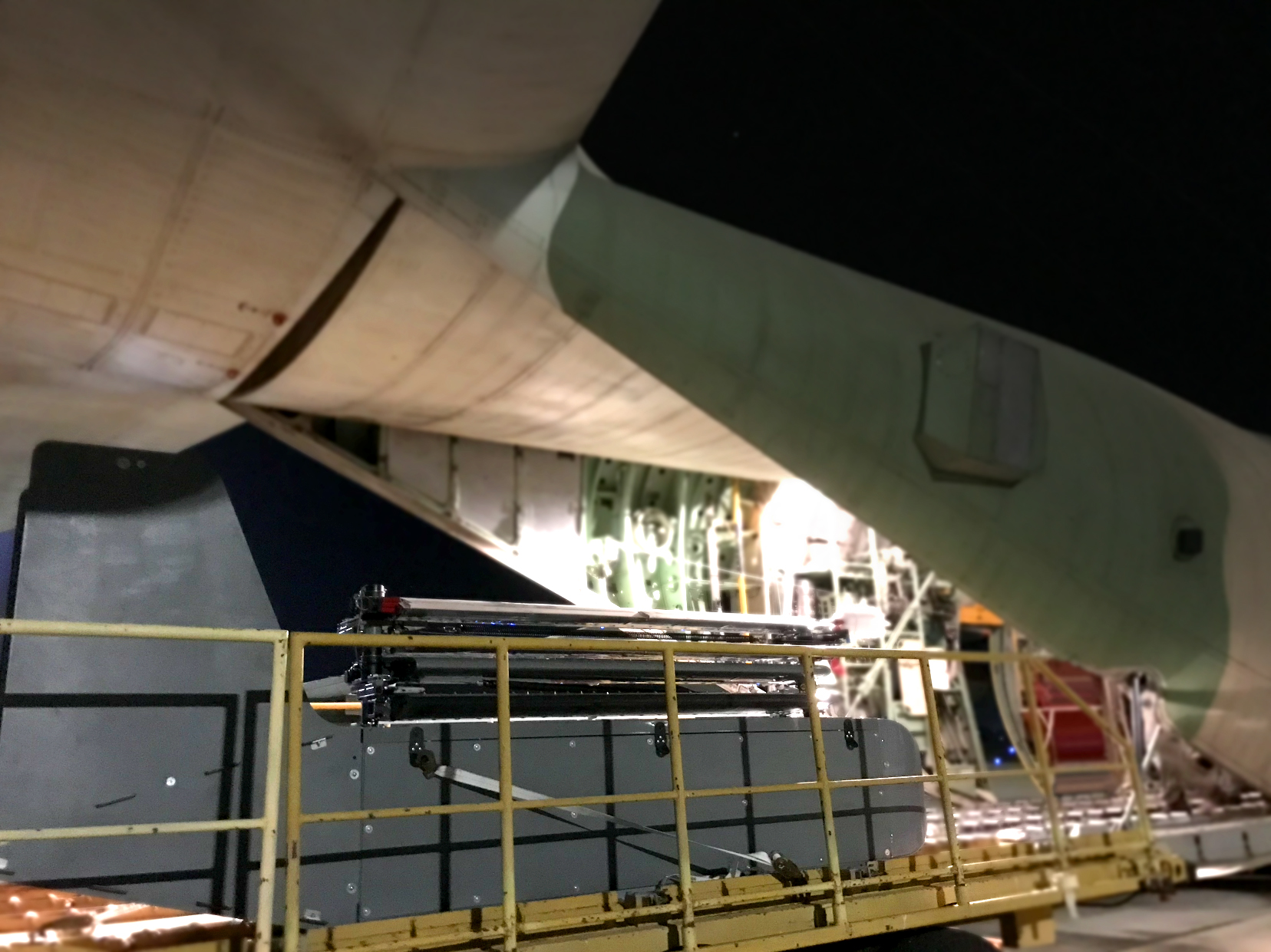
These gliders can offer unique advantages over many existing resupply concepts. With standoff ranges up to 40 miles, the GD-2000 can be launched from outside of contested or denied airspace, keeping aircrews farther from danger than they would be able to when performing parachute airdrops.
The GD-2000 also has far smaller infrared and acoustic signatures than powered drones due to the fact that it has no engine of its own. These features could potentially allow the glider to deliver supplies to units operating in forward-deployed areas without making their positions known. Similar concepts have been tested by the U.S. Marine Corps in recent years.
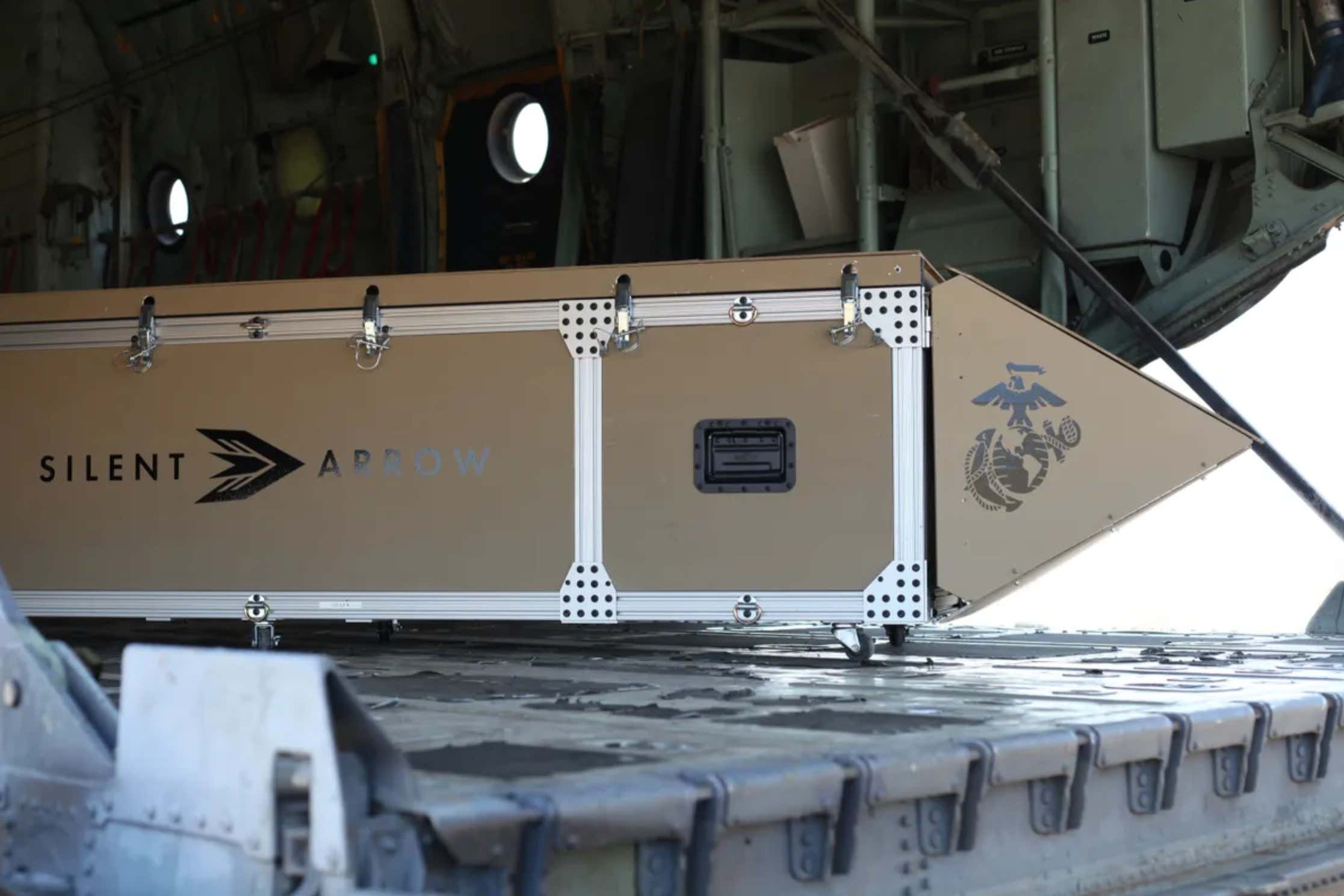
Roughly similar capabilities have also previously existed in different forms. For instance, SOCOM has previously used the CQ-10 Snowgoose GPS-guided paramotor that featured a 200-mile range, although the system is relatively complicated and expensive to employ when compared to a disposable glider. It also can only carry less than half the weight as the Silent Arrow design.

The U.S. Navy is also testing a variety of autonomous aerial supply drone concepts, although these are designed with ship-to-ship deliveries in mind rather than the forward-deployed resupply operations at which the GD-2000 is aimed.
All of these concepts underscore the Pentagon’s need for new resupply and logistics concepts. Senior military officials in recent years have signaled that American forces have become too reliant on existing logistical networks and fixed bases of operations. In the future, the Department of Defense aims to be able to rapidly establish forward bases in austere locations that might be difficult to supply with existing logistics networks.
The GD-2000 or other similar aerial resupply glider concepts could help fill short-term supply gaps at these locations, or offer a less expensive, safer way to deliver supplies in contested areas during rapidly evolving operations or unexpected contingencies. The wars of the future are more likely to be fought in contested environments where standoff capabilities will be more important than before, making it critical to be able to deliver supplies from longer, safer distances without putting pilots at risk.
Given the support the gliders are receiving from the Pentagon, it’s likely we could see the technology develop further and potentially be used in operational deployments in the near future.
Update 4:50 PM EST:
Silent Arrow founder and CEO Chip Yates tells The War Zone that when it comes to water landings, “there is interest in being able to flare into the sea, close to shore as well as offshore, so that a team can rendezvous with a floating Silent Arrow and retrieve various payloads and supplies.”
Contact the author: Brett@TheDrive.com
